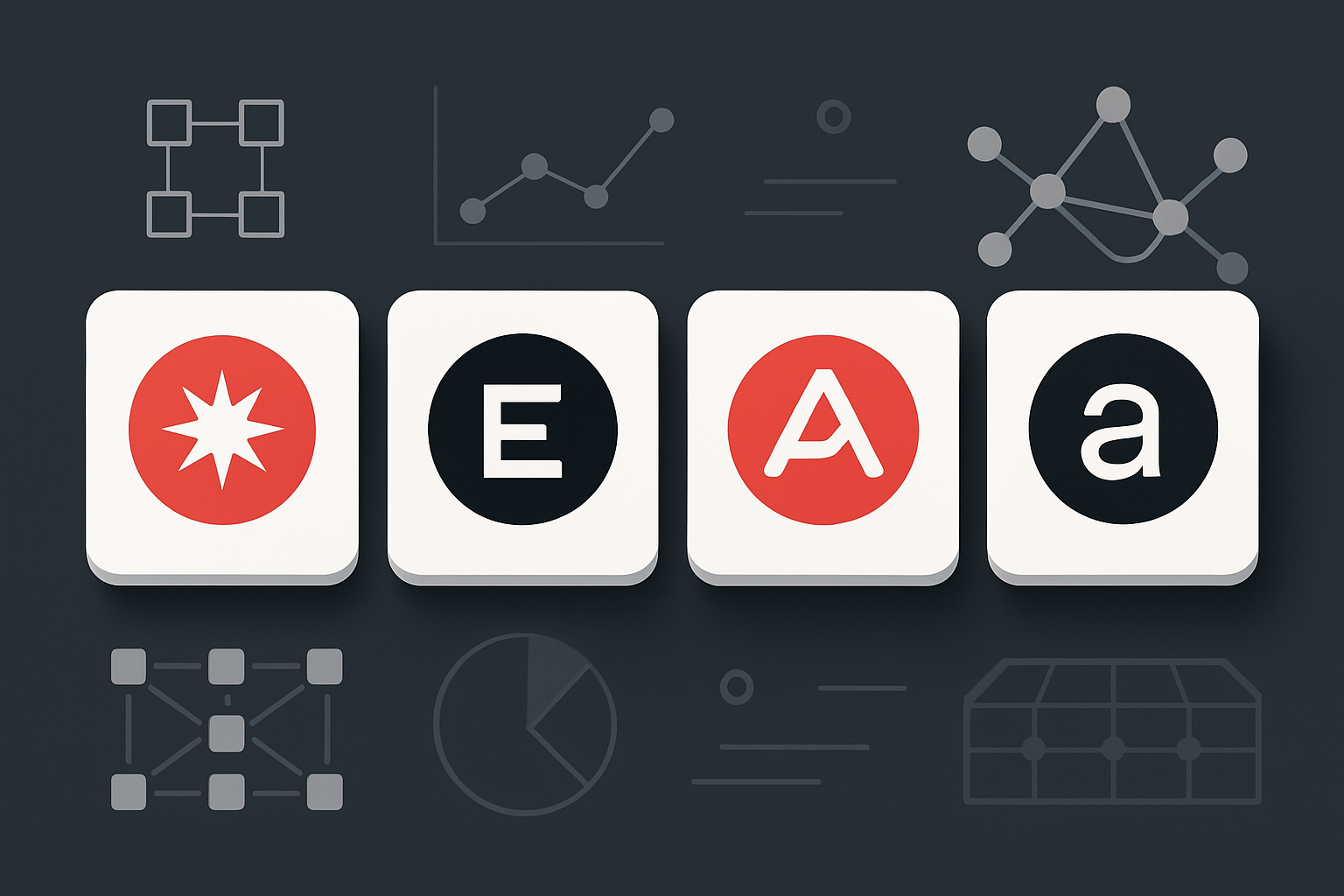
Let’s get real: blockchain is scaling fast, but the old ways of measuring that growth just aren’t cutting it anymore. If you’re still talking about Transactions Per Second (TPS) as the gold standard for blockchain scalability in 2025, you’re missing the bigger picture. The space has evolved, and so has what actually matters for performance. Enter Data Per Second (DPS) – the new heavyweight metric that’s shaking up how we compare chains and modular DA layers.

Why TPS Isn’t Enough Anymore
For years, TPS was the headline number everyone chased. It’s simple: how many transactions can this chain process in a second? But here’s the catch – not all transactions are created equal. A basic token transfer is light as a feather, while a juicy DeFi contract or NFT mint can be a data monster.
This variability means that two blockchains boasting similar TPS numbers might actually be handling wildly different loads. One could be breezing through tiny, simple transactions; another might be sweating to squeeze massive smart contracts into every block. The real bottleneck isn’t just transaction count, it’s how much raw data the network can reliably move and store every single second.
DPS: The Metric for Modular Blockchain Scaling
Data Per Second (DPS) flips the script by asking: “How much data can this network actually process per second?” Suddenly, you’re not just counting transactions – you’re measuring total throughput. This is crucial for modular architectures where execution, settlement, and data availability are split into specialized layers.
The latest research backs this up. Recent studies highlight that private blockchains can hit hundreds of thousands of TPS by offloading complexity, but what really matters is if their data pipes can keep up with demand. Projects like AlDBaran are pushing authenticated data structures to handle 50 Gbps, dwarfing traditional chain throughput records. That’s not just faster – it’s a whole new ballgame for what “scalable” means in Web3.
The Business Case: Why DPS Matters for Developers and Investors
If you’re building on or investing in modular DA layers in 2025, DPS isn’t just an academic stat – it shapes real-world outcomes:
- User Experience: High DPS means dApps run smoother with fewer bottlenecks during peak activity.
- Sovereign Chains: Launching your own L1 or rollup? Your chain’s success hinges on how much data your DA layer can handle per second – not just how many transactions fit in a block.
- Resource Optimization: DPS gives node operators and architects actionable insights into bandwidth and storage needs so they don’t over-provision or get blindsided by surges.
- Sustainable Fees: Efficient data handling keeps gas fees low even as usage spikes – this is mission-critical for onboarding mainstream users.
The market recognizes this shift too. As modular DA solutions mature and Layer 2 adoption explodes (check those CoinLaw stats!), chains are judged more on their ability to move massive amounts of data than on outdated transaction counts alone.
That’s why you’re seeing DA layers like Celestia, EigenDA, and Avail lean hard into publishing their DPS stats. It’s not just marketing – it’s a signal to developers and investors that these platforms can handle the next wave of data-hungry applications, from high-frequency trading to AI-driven smart contracts. If your DA layer can’t scale its data pipes, it doesn’t matter how fancy your execution engine is or how many rollups you spin up on top.
How Modular DA Layers Supercharge DPS
Let’s break down the real-world impact: modular DA layers separate execution from data storage and availability. Instead of every node storing every byte forever, specialized nodes focus on making sure all transaction data is available for verification. This unlocks:
- Parallelization: Multiple chains or rollups can post their data in parallel, sending total network DPS through the roof.
- Zero-Knowledge Proofs: ZKPs let you batch-verify large sets of transactions without posting every detail on-chain. That means more throughput with less bloat.
- Dynamic Scaling: As user demand spikes, modular DA networks can flex bandwidth and storage resources without grinding to a halt.
This is what lets next-gen blockchains move from theoretical whitepapers to powering global-scale apps. The best part? High DPS doesn’t just mean more transactions – it means richer, more complex dApps are finally viable without breaking the bank or sacrificing decentralization.
What Should You Watch For?
If you’re evaluating a blockchain project in late 2025, don’t get distracted by TPS hype alone. Ask these questions:
- What’s the sustained DPS during peak load?
- How does the DA layer handle sudden spikes in data volume?
- Are there published benchmarks for both TPS and DPS under real-world conditions?
- How does resource usage (bandwidth, storage) scale as more users pile in?
The answers will tell you if a chain is ready for mainstream adoption or if it’ll choke when your dApp goes viral.
Final Thoughts: Stay Nimble, Think Modular
The modular future isn’t coming – it’s here. As we barrel toward $1.4 trillion in global blockchain market size and beyond, only those networks that master both TPS and DPS will stay ahead of user demand. For builders and investors alike, keeping an eye on Data Per Second isn’t just smart – it’s essential for picking winners as Web3 scales up in complexity and ambition.
If you want to build apps that don’t just survive but thrive under real-world pressure, start tracking DPS today. The era of “transactions per second” as king is over; now it’s all about how much data your chain can chew through when things get wild.






